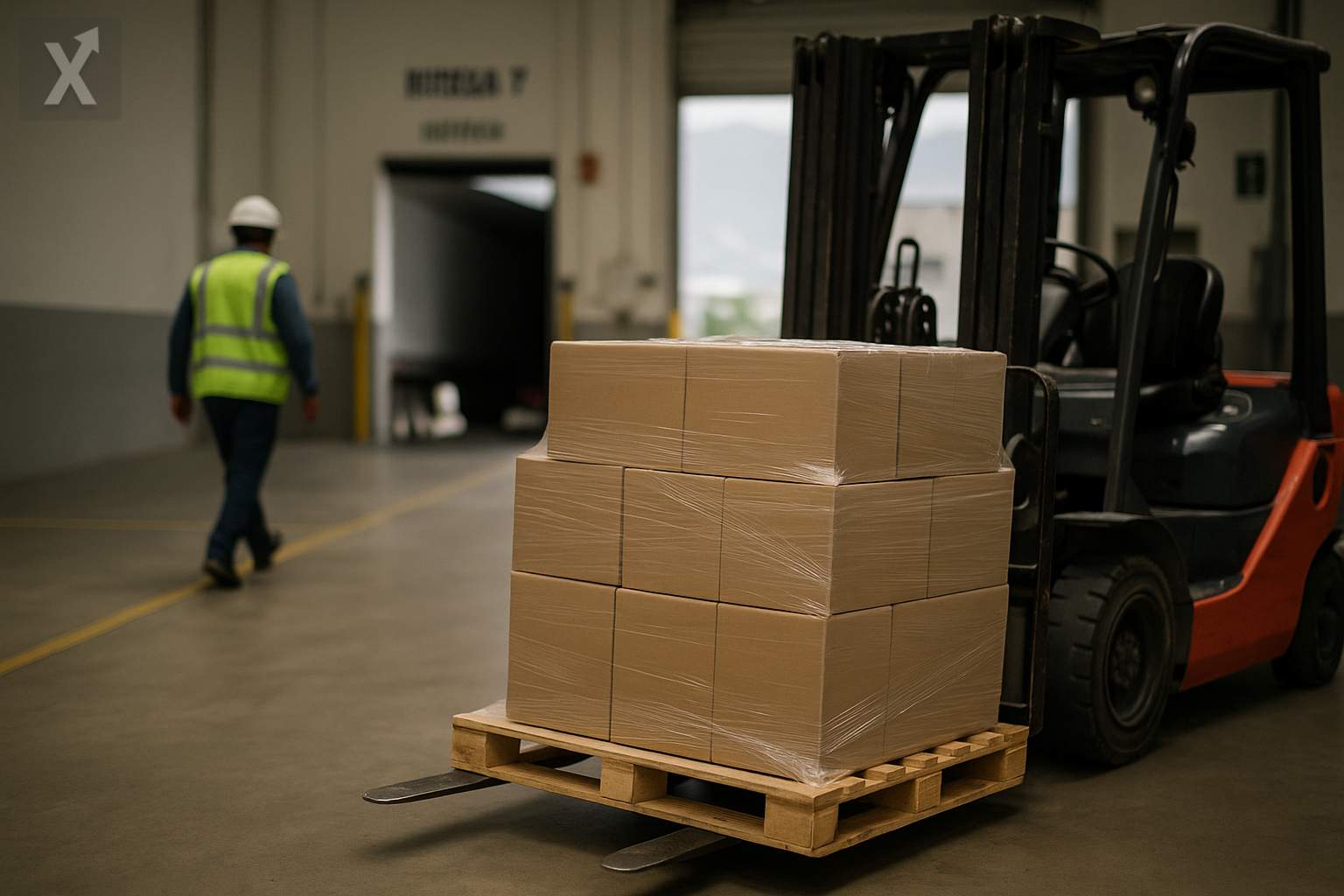Disinflation in the United States Eases External Pressures on Mexico, but Banxico Remains Cautious

The recent moderation in U.S. inflation sends a positive signal for Mexico by reducing, at the margin, imported price pressures. Given the high level of trade integration between the two countries, lower U.S. inflation generally translates into lower costs for intermediate inputs, equipment, and consumer goods that Mexico imports. It also contributes to a potentially less volatile exchange rate environment.
For the Mexican economy, the transmission channel operates in multiple ways: exchange rate movements, energy prices, and dynamics of foreign trade. Sustained disinflation in the U.S. can ease pressures on traded goods and certain services tied to logistics, while a less restrictive monetary policy in the U.S.—if it materializes—could lower global financing costs. However, a sharper slowdown in U.S. demand would also present risks for Mexican manufacturing exports, particularly in sectors like automotive, electrical equipment, and electronics.
On the domestic front, the Bank of Mexico has maintained a restrictive stance to steer inflation toward the 3% target ±1 percentage point. After an initial rate cut in 2024, the Board has reiterated that any additional adjustments will depend on the behavior of inflation, expectations, and the trajectory of core inflation—especially in services, where price rigidity has proven more persistent. The central bank has emphasized that while it monitors the Federal Reserve’s cycle, its decisions are neither mechanical nor predetermined by the U.S. calendar.
Headline inflation in Mexico has moderated from the peaks reached in 2022, with the greatest relief seen in merchandise and processed foods, while services are still showing inertia due to labor costs and an internal demand that, while normalizing, remains resilient. Energy and administered prices have provided relative stability, supported by seasonality and public pricing policies, while agricultural products continue to face climate-related and supply shocks.
Macroeconomic performance is also shaped by remittances at high levels, which support household consumption, and by positive outlooks associated with supply chain realignment and investment relocation (nearshoring). The latter has driven investment announcements and increased demand for industrial space in the north and the Bajío region, but faces bottlenecks in electricity infrastructure, water, and logistics that could limit its pace and, at the same time, put upward pressure on some local service and rent prices.
Looking ahead, an external environment with lower inflation and stable commodity prices would be consistent with gradual disinflation in Mexico, as long as the exchange rate remains orderly and expectations stay anchored. Key risks include climate shocks that drive up food prices, geopolitical tensions pushing up oil prices, episodes of global financial volatility, and wage adjustments outpacing productivity, which could keep services inflation high. On the positive side, orderly fiscal consolidation and improvements in energy and logistics capacity could boost investment and ease cost pressures.
In summary, lower inflation in the United States reduces an external risk factor for Mexico, but the domestic challenge persists in services and expectations. Banxico will maintain a prudent stance and calibrate room for cuts based on data. The trajectory of the exchange rate, the evolution of agricultural prices, and the balance between growth and stability will be the key variables to watch in the coming months.






